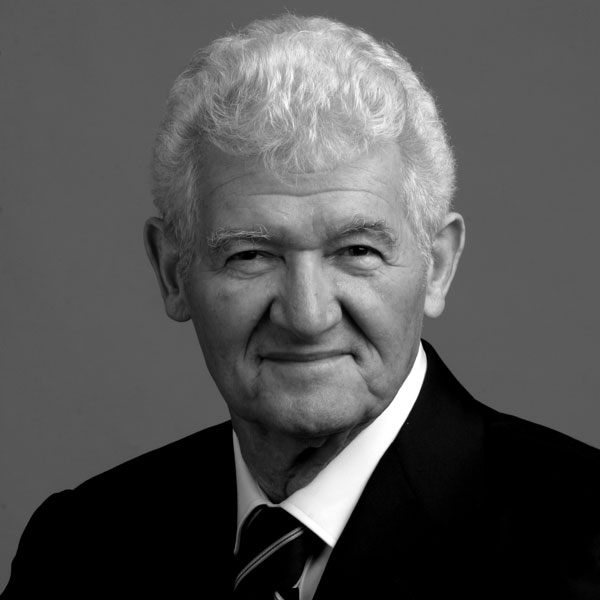Peter D. Lax 1926–2025: The mathematician who modeled the modern world

[Peter D. Lax. Photo Credit to Anne Lise Flavik/Abel Prize]
On May 16, 2025, the world bid farewell to one of the greatest minds in mathematical history.
Dr. Peter D. Lax passed away at the age of 99, leaving behind a legacy that continues to shape the modern world.
His work lives on not only in academic journals and textbooks but also in the technology that powers daily lives and the scientific tools that help us understand the universe.
Born in Budapest, Hungary, in 1926, Lax grew up in a Jewish family during a time of rising oppression in Europe.
Fleeing the threat of Nazi persecution, his family emigrated to the United States in 1941 when he was 15 years old.
Despite this upheaval, the young mathematician quickly proved himself to be an extraordinary talent in mathematics.
After being introduced to leading mathematicians like John von Neumann and Richard Courant, he entered New York University at the age of 17 and began a journey that would transform the fields of both pure and applied mathematics.
One of the most formative experiences in Lax’s early career came during World War II.
He worked at the Los Alamos Laboratory as part of the Manhattan Project, where he witnessed firsthand how mathematics could become a decisive force in history.
In later interviews, he once noted that atomic bombs cannot be built by trial and error but require precise calculations.
This experience left a lasting impression on him and deepened his dedication to mathematical rigor and application.
In the postwar years, Lax devoted his life to developing the mathematical language that could describe and simulate complex systems.
He became a professor at the Courant Institute of Mathematical Sciences, where he influenced generations of students and researchers.
His most influential work centered on partial differential equations and numerical analysis, both essential to modeling dynamic systems such as weather, fluid flow, and even shock waves.
Today, Lax’s mathematical tools are embedded in the very infrastructure of modern science and technology.
From the climate prediction models used to forecast extreme weather events to the aerodynamic simulations used in aircraft design, his equations and algorithms make these calculations possible.
His famous Lax Equivalence Theorem provides the foundation for understanding when a numerical method is reliable.
The Lax Wendroff method, another of his contributions, remains widely used in computational physics and engineering.
Even in the age of artificial intelligence, Lax’s influence persists.
Modern AI systems, which rely heavily on precise numerical methods, benefit from the stability and convergence principles that Lax formulated decades ago.
Whether in deep learning, scientific computing, or simulation of natural phenomena, Lax’s mathematics provides the backbone.
Beyond his research, he also made a deep mark as an educator and mentor.
His name appears in thousands of academic papers and is cited extensively in mathematical and engineering literature.
In recognition of his achievements, he received numerous honors, including the U.S. National Medal of Science, the Wolf Prize, and the prestigious Abel Prize.
Peter Lax was not just a mathematician who proved theorems.
He was a visionary who translated the complexity of nature into a language that both humans and machines could understand.
His equations did not merely solve problems; they opened new frontiers.
Even now, following his passing, the systems that calculate the weather, simulate the Earth, and power modern computers are guided by the logic he helped build.
His work continues to speak for him, quietly guiding the technology and science of today and tomorrow.

- Esther Kim / Grade 10 Session 9
- Lexington High School

![THE HERALD STUDENT REPORTERS [US]](/assets/images/logo_student_us.png)
![THE HERALD STUDENT REPORTERS [Canada]](/assets/images/logo_student_ca.png)
